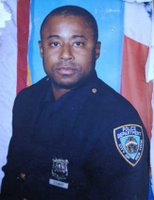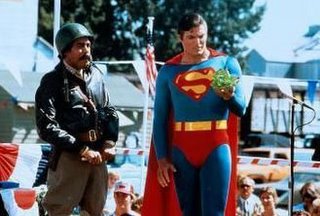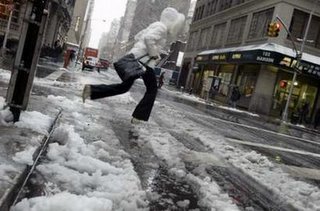
Dec. 15, 2005 — - Without its rumbling, tumbling, exhaust-billowing transit system, New York City quite simply could not exist.
If the Metropolitan Transportation Authority is unable to reach an agreement with union workers by a midnight deadline, much of New York City's economy will take a hit -- to the tune of around half a billion dollars every day, according to estimates from city officials.
The city's commercial and residential girth is too great -- its need to move millions of people between home, work and play too immense -- to function without the fleet of almost 5,000 buses and more than 8,250 subway and rail cars.
The economic fallout would be the direct result of more than 7.7 million New Yorkers having to find alternate ways to go about their daily routines.
In most of the rest of the United States, the majority of workers (about 85 percent according to government figures) hop in their cars to get to the office. In New York, that's not the case. Four out of five people who work in New York's central business district get on a bus or subway to commute during rush hour, according to MTA.
Without a way to get workers to offices, factories or stores, many New York City firms would have to close or cut back on operations during a transit strike.
But businesses would not be alone. Experts said that many of the commuters and residents affected by a strike would cut back their spending in some way.
If a worker telecommutes, the restaurant near the office loses her business. If a shopper finishes Christmas shopping online instead of on Fifth Avenue, New York City loses sales tax revenue. And tourism -- one of the most important industries in New York City -- will see an immediate drop off as tourists fight concerns that they won't be able to get around on their holiday trip to the Big Apple.
The city's comptroller says that the total cost of a weeklong transit strike will come to $1.6 billion in lost sales, productivity and wages.
Add to that around $10 million a day for police to secure the closed subway system and to direct traffic and the price tag of even a short MTA work stoppage becomes clear.
| Title |
| 2004 operating budget |
| $8.0 billion |
| Average weekday passengers |
| 7,711,945 |
| Rail and subway lines, and bus routes |
| 343 |
| Rail and subway cars |
| 8,259 |
| Buses |
| 4,895 |
| Track miles |
| 2,058 |
| Bus route miles |
| 2,967 |
| Rail stations |
| 734 |
| Employees |
| 63,884 |
Source: ABC News












